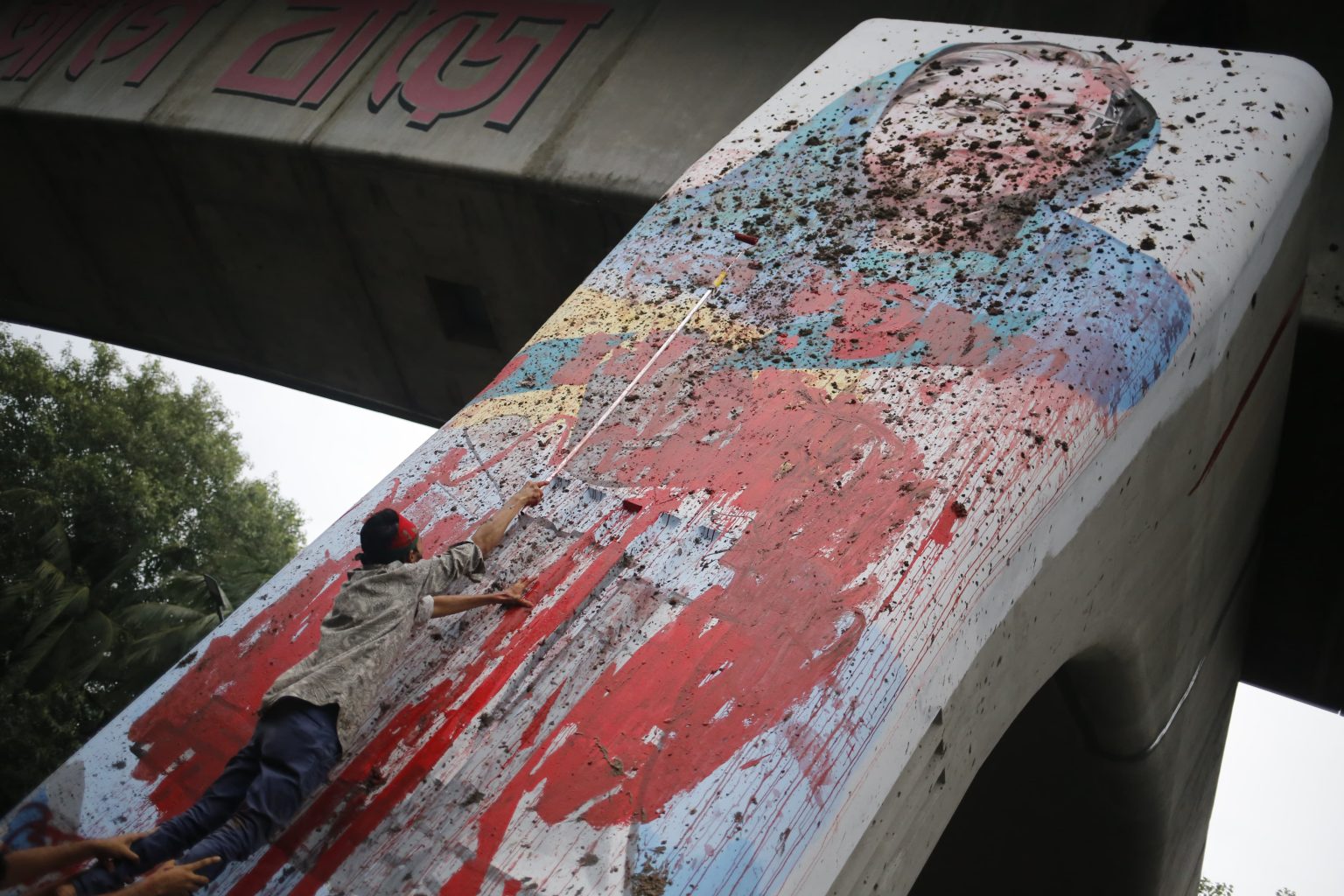One year after the blood-stained crackdown of July 29, 2024—now remembered by many as the “July Massacre”—Bangladesh is once again gripped by massive student-led protests. From Dhaka to Chittagong, from Rajshahi to Sylhet, campuses and streets have erupted in anger following the government’s failure to meet the deadline for releasing arrested student leaders.
In Dhaka alone, police have reportedly detained 2,822 students since the renewed uprising began. Protesters accuse the state of authoritarian repression and mass criminalisation of dissent, particularly targeting those affiliated with the Anti-Discrimination Student Movement, a youth coalition that emerged during last year’s quota reform uprising.
The deadline set by students and civil society for the release of detained protest leaders passed at midnight on July 27. On July 28, thousands of students returned to the streets—carrying flags, banners, and black armbands—in a defiant display of resistance.
Adding to the turmoil, the government announced plans to ban Jamaat-e-Islami and its student wing Islami Chhatra Shibir, accusing them of exploiting student protests for political gain. However, critics argue the move is part of a broader attempt to delegitimise grassroots movements and divert attention from state violence.
Simultaneously, the High Court sharply criticised the Detective Branch (DB) for mishandling the detention of six organisers from the quota reform movement, specifically condemning the public release of photos showing the young men eating meals while in custody. The court called it “a disturbing violation of dignity and privacy,” sparking further outrage.
In a powerful show of solidarity, university teachers from across the country gathered under the banner of “Anti-Repression Teachers’ Rally” at the Aparajeyo Bangla sculpture at Dhaka University—a site long associated with Bangladesh’s democratic and anti-colonial struggles.
The rally opened with a moment of silence to honour the martyrs of the 2024 protests, followed by speeches demanding, an end to student harassment and arbitrary detentions, the unconditional release of all detained students. Accountability for the killings that took place during last year’s and this year’s protests
Several teachers described the recent events as a “national emergency of conscience”, with many drawing historical parallels to the 1971 Liberation War, the 1990 anti-autocracy movement, and the 2018 student protests.
In an attempt to pacify public sentiment, the government declared Tuesday, July 29, 2025, a National Day of Mourning for those killed in the previous year’s protests.
However, student groups immediately rejected the move, calling it a “hollow gesture” meant to co-opt their grief without delivering justice. In protest, students launched a viral online campaign, posting images of themselves with red bands tied over their mouths and eyes—symbolising both state-enforced silence and blindfolded injustice.
In Chittagong, tensions exploded at Cheragi Pahar intersection, where police used sound grenades and baton charges to disperse a protest rally. Several protesters, journalists, and even police officers sustained injuries in the ensuing chaos.
The rally, originally planned in front of Jamal Khan Press Club, was part of a broader call to action by Khan Talat Mahmud Rafi, the Chittagong coordinator of the Anti-Discrimination Student Movement. Expecting a crackdown, organisers shifted the protest location at the last moment to avoid arrest—but the police quickly caught on.
Despite heavy police deployment, searches, and multiple arrests, protesters managed to gather and chant slogans calling for quota reforms, an end to enforced disappearances, and justice for extrajudicial killings.
This new wave of protests marks a turning point in Bangladesh’s youth movement. What began as a call for fair government job quotas has evolved into a wider struggle against systemic oppression, censorship, and impunity.
The students of 2024, many of whom were in school during the 2018 road safety movement, now find themselves standing at the frontlines of history. And unlike previous movements, this generation appears to be fighting not just for policy changes, but for a redefinition of justice and democratic accountability.
Their message is simple: “We have buried our dead. Now we rise for the living.”


